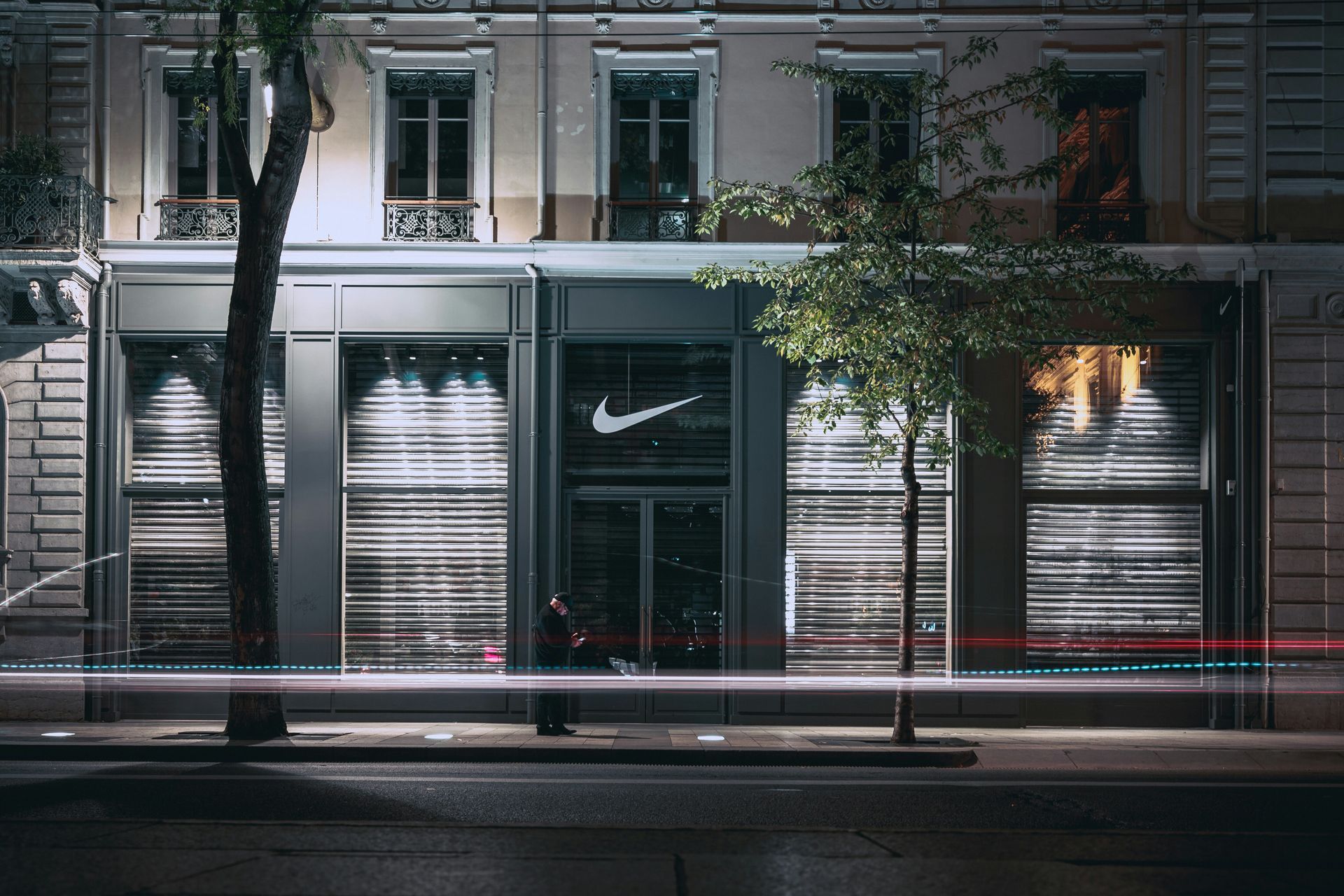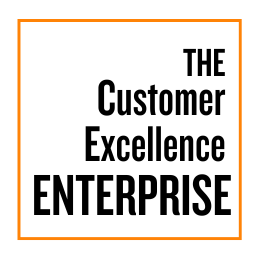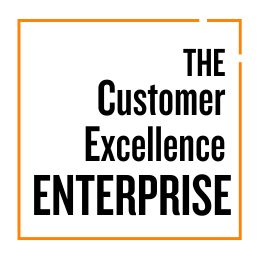
The Customer Excellence Enterprise: A Playbook for Creating Customers for Life,
A NEW "Why" for CX #3: Protect Customer Value Already Captured at The Four Seasons
CASE-IN-POINT: Protecting Customer Value at The Four Seasons
BOLD MOVE: Commercial (COM) Bold Move #2: Make the Experience the Proposition
EXPERIENTIAL FACTOR(S): Attention to Detail, Precision, Personalization, Consistency
A New "Why" for CX #3: Protect Customer Value Already Captured.
SYNOPSIS. An excerpt from a full article originally published with the Broad College of Business, Michigan State University, this article explores a transformative approach to customer experience ROI and value, positioning it not only as a catalyst for growth but also as a safeguard for a company's most valuable assets—its customers. Through the integration and symbiotic relationship between the Earned Growth Rate (EGR) metric with the Customer Value-at-Risk (CVaR) metric, the framework provides a holistic method for evaluating customer experience and related Customer Excellence investments. To learn more, refer to "The Customer Excellence Enterprise: A Playbook for Creating Customers for Life"
A new conceptual framework leverages the risk-based Customer Value-at-Risk (CVaR) metric to create a comprehensive method for measuring and communicating the value and ROI of customer experience and related Customer Excellence investments. CVaR focuses on quantifying the potential loss of value from customer churn, offering businesses a risk-adjusted lens through which to evaluate their customer value. This complementary relationship with the Earned Growth Rate (EGR), which measures the value generated from retained customers, this framework provides a dual perspective: EGR captures the upside of loyalty and advocacy, while CVaR highlights the downside risks tied to disengagement or dissatisfaction.
The integration of CVaR creates a New “Why” for customer experience by shifting the narrative toward protecting the value already captured within the customer base. Traditional CX strategies often emphasize growth through acquisition or satisfaction improvements, but this framework underscores the importance of safeguarding existing customer relationships. It recognizes that a single churn event, especially among high-value customers, can significantly impact profitability. This lens allows the entire portfolio of Customer Excellence disciplines to be applied as the mitigation measures and strategies necessary to retain and nurture customers, which reduces the risks of losing those customers.
A New “Why” for CX #3: Protect Customer Value Already Captured.
This approach reframes Customer Excellence as not just a growth driver but also a protective shield for a company's most critical assets—its customers. The forward-looking potential of EGR combined with the defensive insights of CVaR equips leaders with a more strategic and balanced justification for Customer Excellence investments, ensuring that the value already captured remains secure and continues to grow over time.
Through its legendary commitment to Service Culture, The Four Seasons protects customer value for long-term relationships by prioritizing personalized service, consistent excellence, and emotional connections. Through meticulous attention to detail and anticipating guest needs across the customer lifecycle, the brand fosters trust and loyalty among its multi-generational clientele. As a critical ingredient in this endeavor, at the middle to back end of the lifecycle, as a business model choice, The Four Seasons invests heavily in training its staff to deliver memorable experiences, ensuring every interaction enhances the guest's perception of value.
Questions to consider:
- How effectively does our organization currently measure and track customer retention and churn, and are these insights integrated into decision-making processes for customer experience investments?
- Do we have the analytical capabilities and data infrastructure necessary to calculate and leverage both Earned Growth Rate (EGR) and Customer Value-at-Risk (CVaR) metrics effectively?
- Are our CX strategies designed to balance the pursuit of new customer acquisition with the protection and growth of value from our existing customer base?
- How well do our leadership teams and stakeholders understand the financial implications of customer churn and the potential ROI of initiatives aimed at mitigating this risk?
- What processes or frameworks are in place to ensure that insights from EGR and CVaR metrics drive continuous improvement and alignment across marketing, sales, and customer success teams?
To learn more, refer to "The Customer Excellence Enterprise: A Playbook for Creating Customers for Life"











